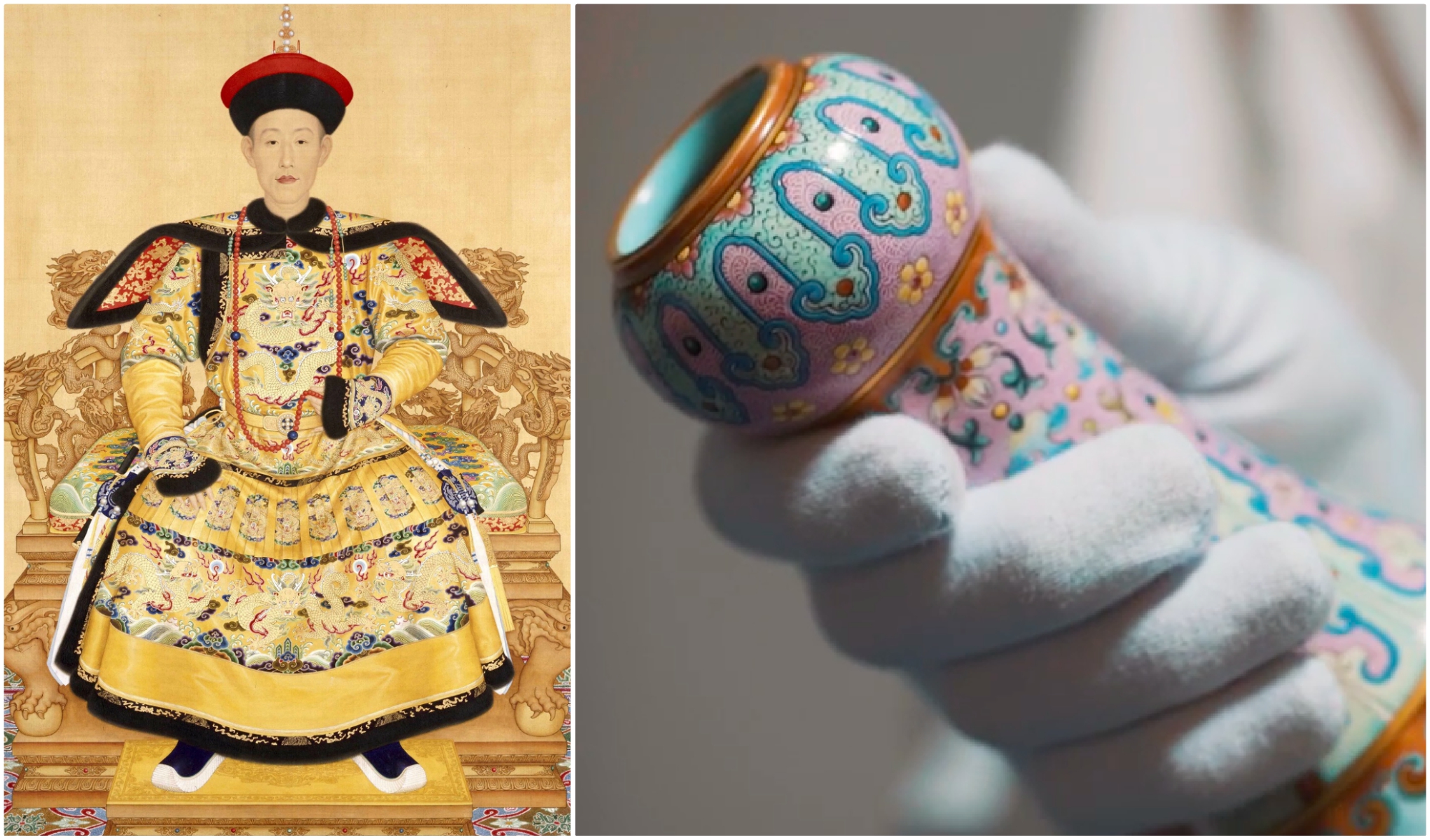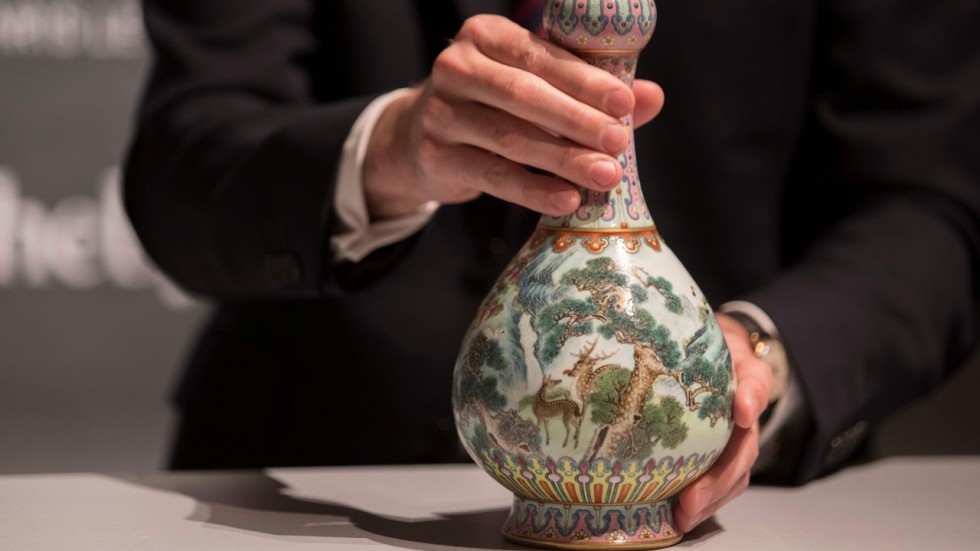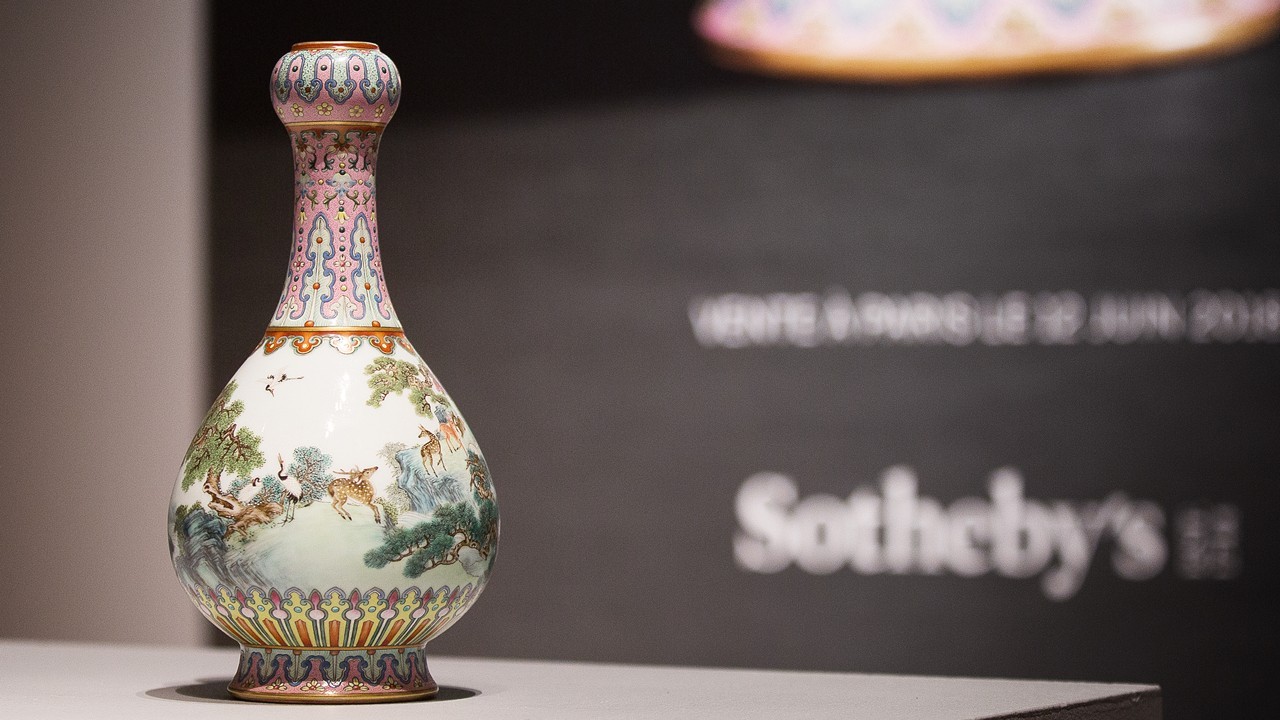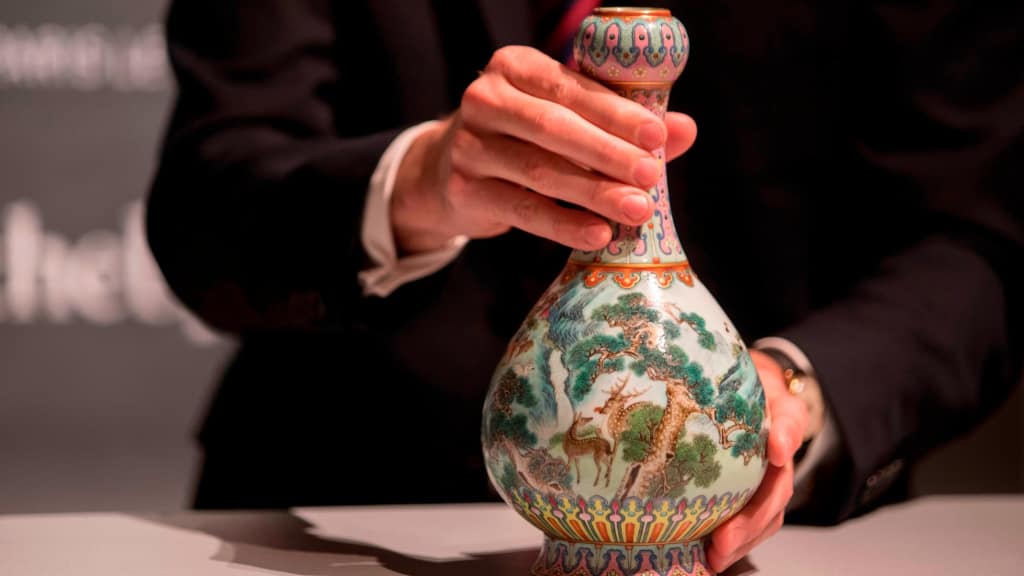Lover Of Art

The Emperor’s love for art is the contextual blue that brings this vase’s mysterious history together. Why Qianlong stood out from other was because of the fact that he was just as involved in other cultures as he was with the Chinese culture. He paid attention to his empire and even to the foreign civilizations during his time too. This was what inspired this particular vase to become what it was.
Why It Was Made

One big question was the reason behind the vase being made in the first place. When Nicolas Chow was questioned about this, he believes that the Emperor may have this vase made on the account of his birthday. “It is a vase that was probably made for his birthday [during] the 44th year of his reign and decorated with a great wealth of auspicious design,” Chow claims. Who was the person who made this then?
Italian Made?

Even though the creator of this vase cannot be confirmed, there is a good amount of evidence to suggest that it was made by Italian Jesuit missionary Giuseppe Castiglione, who had worked for three emperors – Kangxi, Yongzheng, and Qianlong. While most of Castiglione’s work was done on silk, the classic nature scenes and use of color are strong are signs that it was one of his masterpieces. Qianlong really enjoyed the European artists to add a fresh twist on the rich Chinese art.
Perfect Work

Deers, cranes, and pine trees made up the centerpiece of this majestic vase added with a few classic Chinese components too. The vase also had mist, pine trees, and glorious waterfalls that all add up to a tantalizing background. It has a few bright colors that make it really stand out from other typical vases. How did the French owners not like it? All of the designs each had meaning and significance too…
Symbolic

This vase was filled with designs and symbols that actually hold a lot of significance to the Qianlong Empire. Let us talk about the foreground – the deer, the cranes, and the pine trees. All of these are said to be representative of health and longevity. These also have individual symbolism each where the deer is a sign of happiness and success. Also, the lingzhi mushrooms are used to symbolize immortality.
Only Piece?

It was quite clear that this vase belonging to the Qianlong Empire is incredibly rare. Sotheby’s has even claimed that there are only a handful of vases such as this with most of them locked up safe in Chinese museums. “Such elaborate and challenging designs are exceedingly rare on Qing imperial porcelain,” Sotheby’s updated. There is one other vase located in France that might have a connection with this one…
